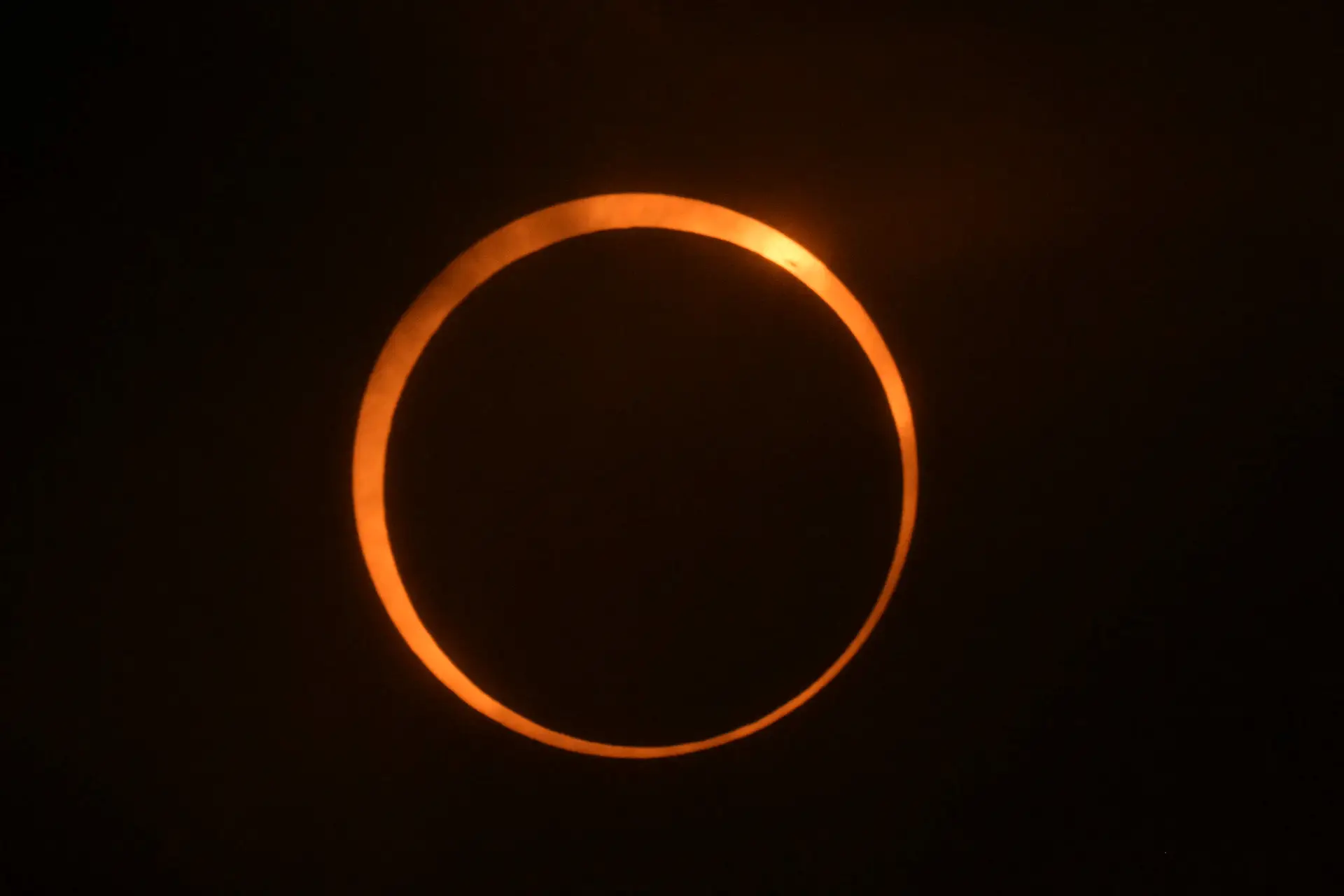Part of the Southern Hemisphere witnessed an annular solar eclipse on Wednesday, but with splendor “ring of fire” Completely visible to only a few people, in the semi-desert Patagonia region of Chile and Argentina.
the The southernmost part of the continent and Easter Island (Chile) have had the privilege of fully observing this phenomenonIt started in the North Pacific Ocean and ended in the South Atlantic Ocean, but several countries in South America and the Pacific Islands were able to partially monitor it.
“It was impressive, wonderful. Like a little aurora.”L. said Agence France-Presse Ninoska Huque, 55, from Easter Island, population 7,000, 3,500 kilometers off the Chilean coast, is one of the first to be able to observe the annular eclipse at local noon, with the moai statues in the background.
In the hour of the ring of fire, “There was a lot of wind, which also contributed to the reflection, and there was a wonderful moment where we were quietly watching the eclipse. “wonderful twilight”, Comment.
On the other side of the Andes mountain range, in Argentine Patagonia, in Puerto San Julian, a small seaside resort 2,100 kilometers from Buenos Aires, a few hundred people, suitably dressed, braved the cold and wind to watch the moon bite the sun. Around 17:25 local time (20:25 GMT)Agence France-Presse indicated.
Small telescopes, special eclipse glasses or welding masks, amateur astronomers, many of whom came with their families, and enthusiasts from far and wide enjoyed the phenomenon and the atmosphere of the place, at the tip of the continent.
Today's eclipse, determined by the French Institute of Celestial Mechanics and Ephemeris Calculation (IMCCE), It is the eighteenth annular solar eclipse of the 21st century and the second eclipse of 2024, after the total eclipse in April.
the The next partial solar eclipse will occur on March 29, 2025It can be seen mainly in western North America, Europe, and northwest Africa.
With Lusa


